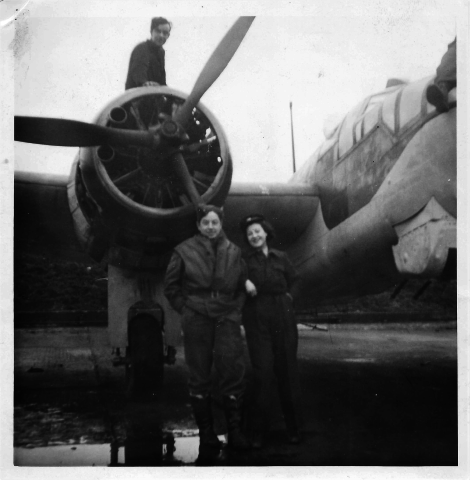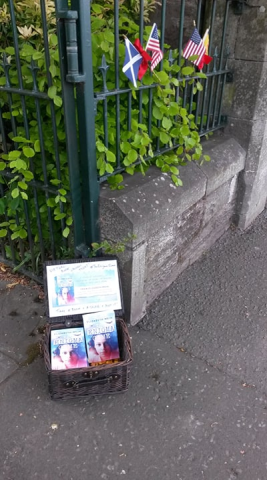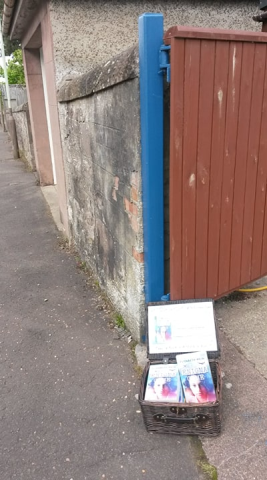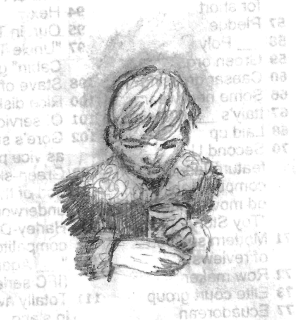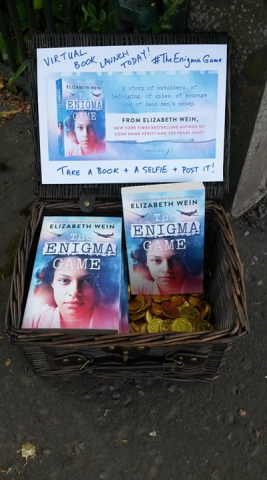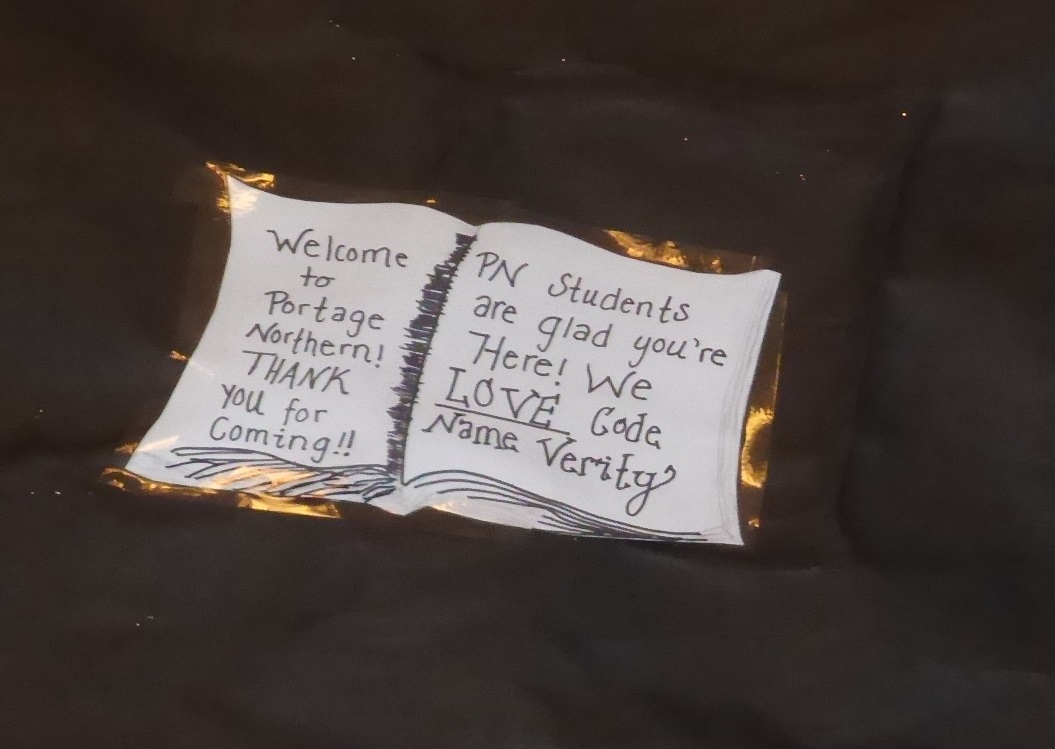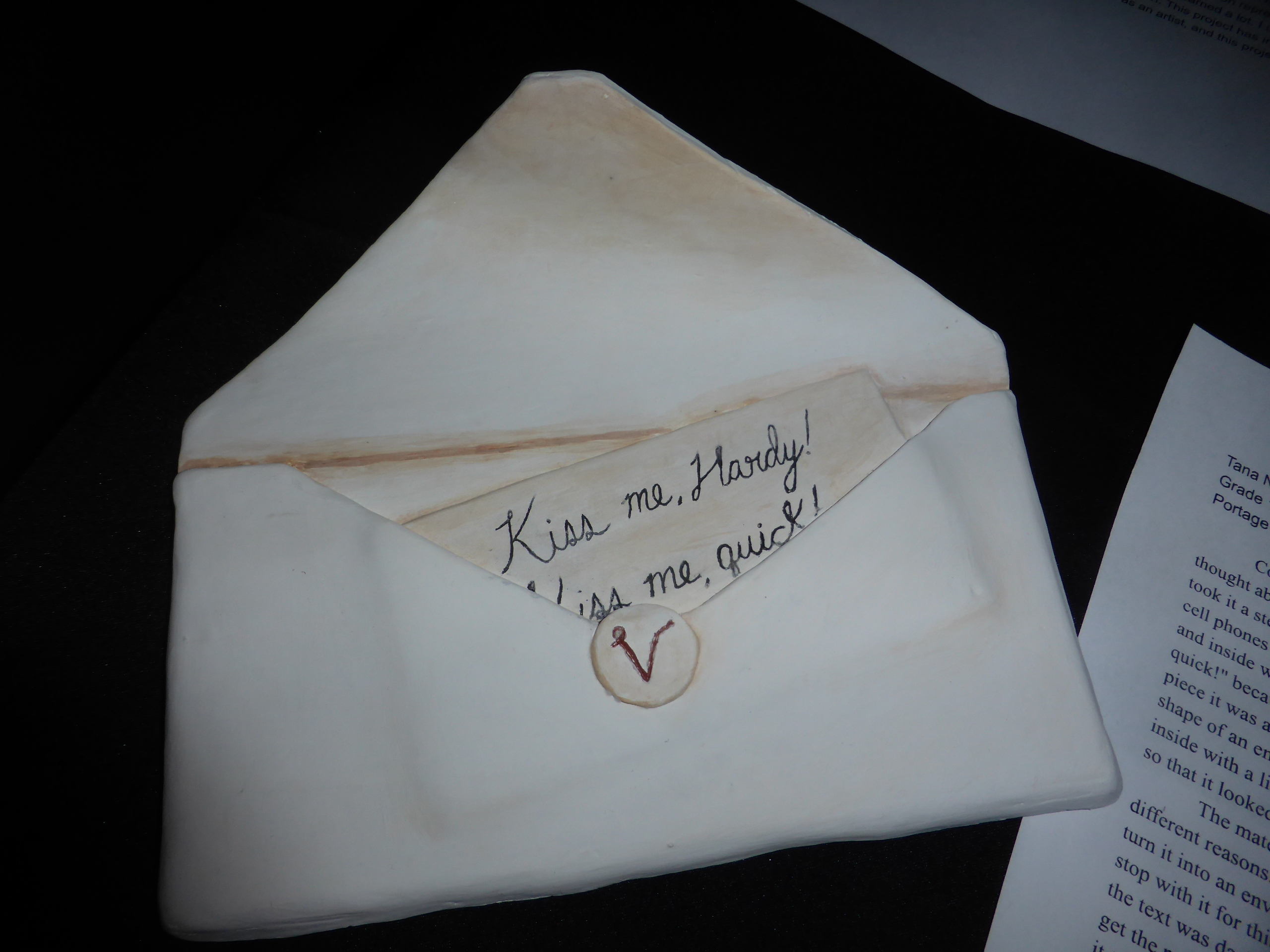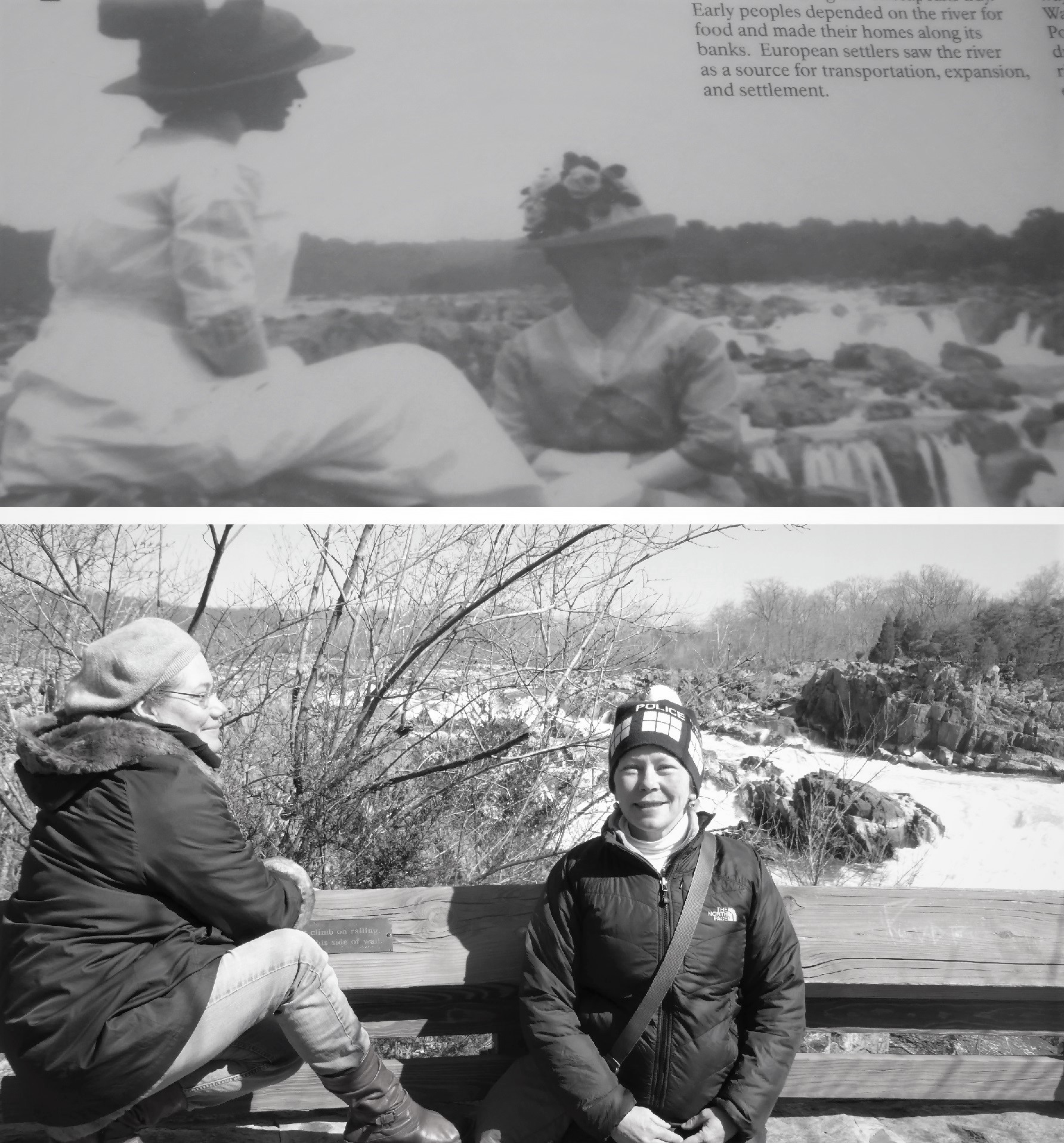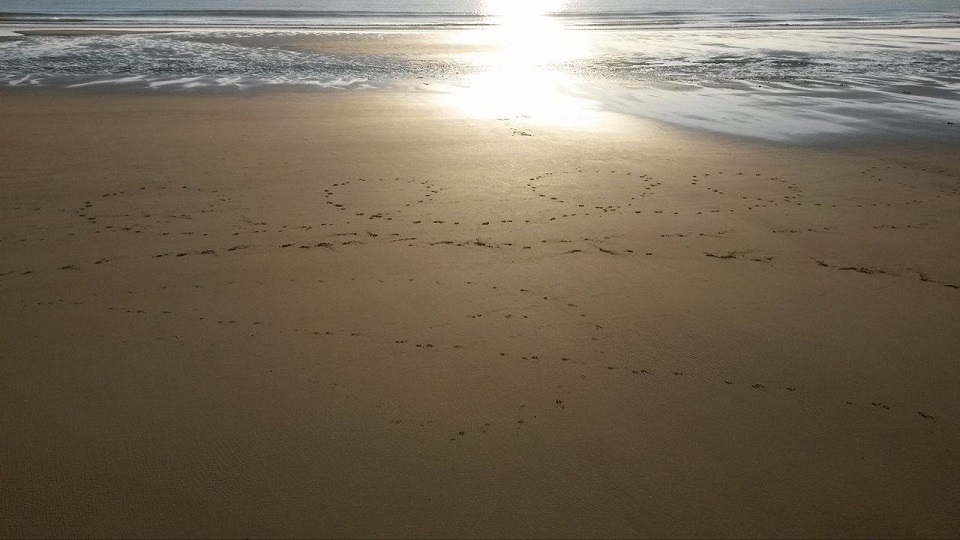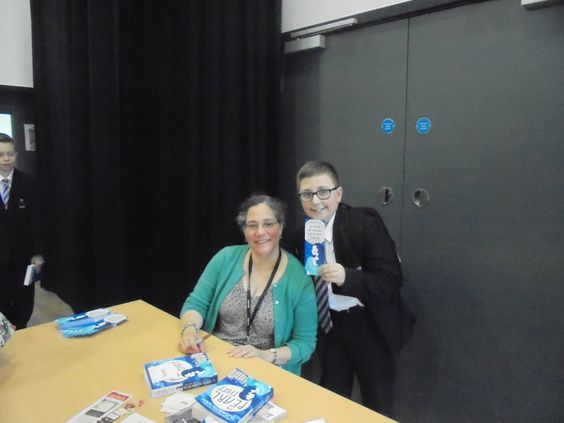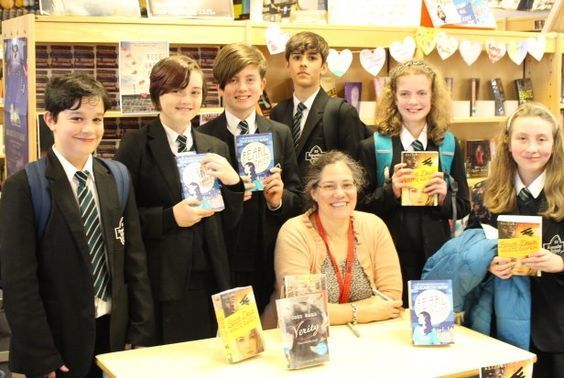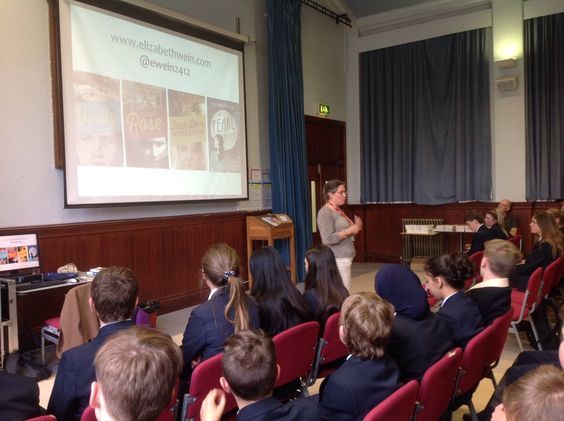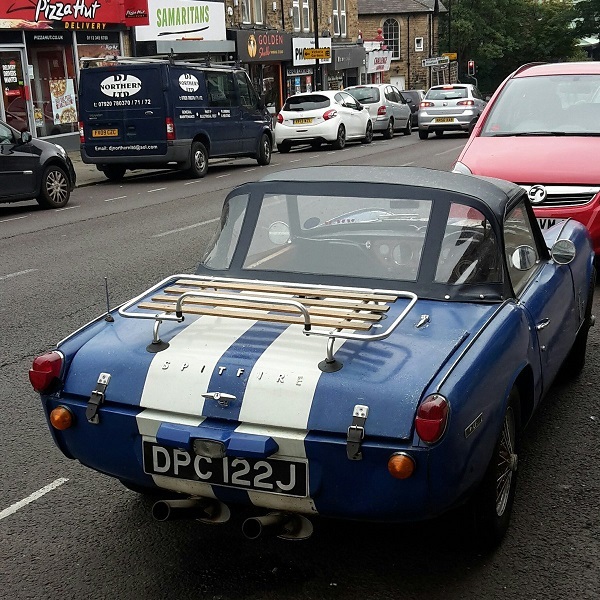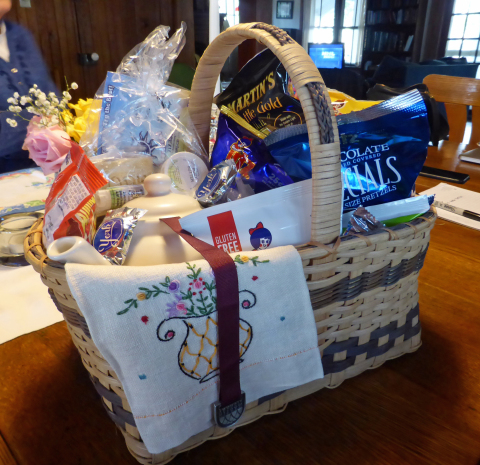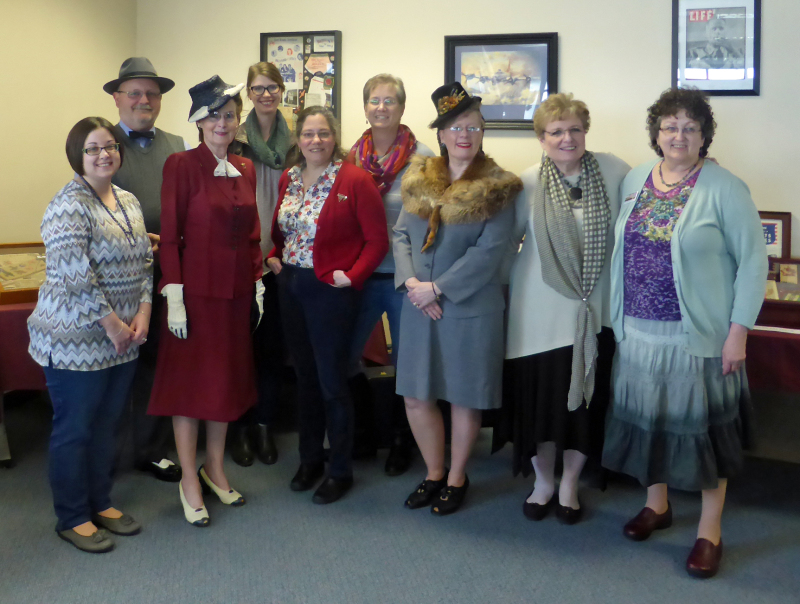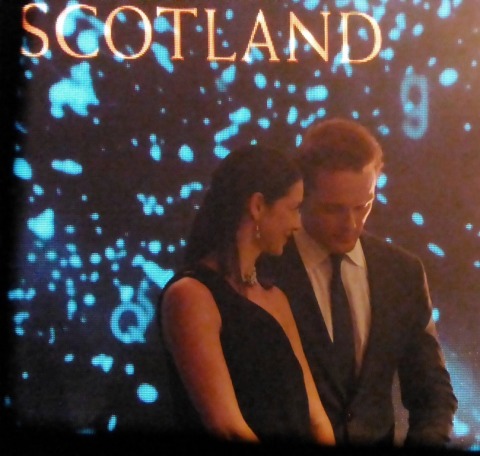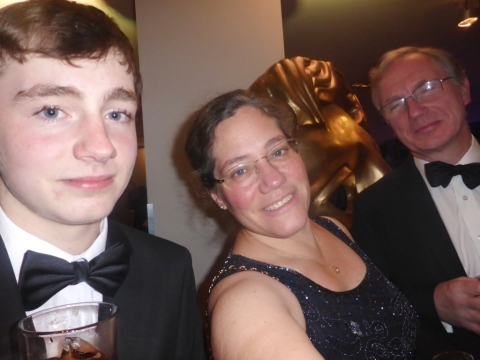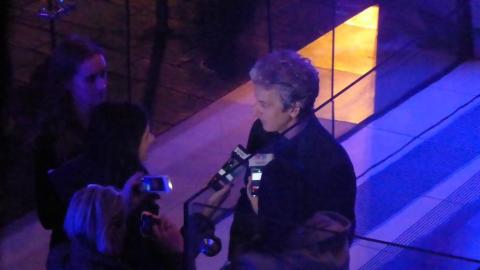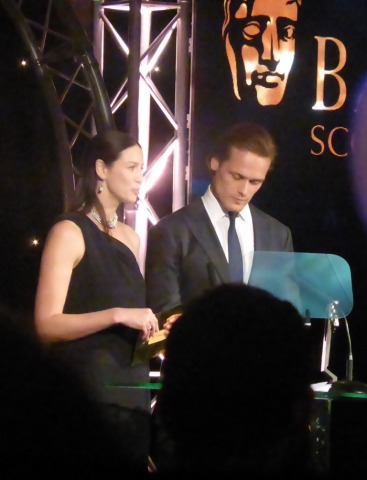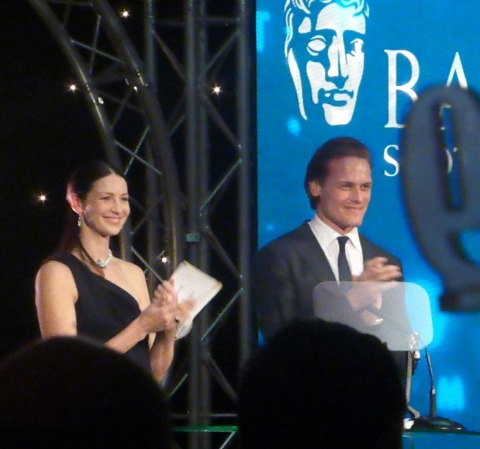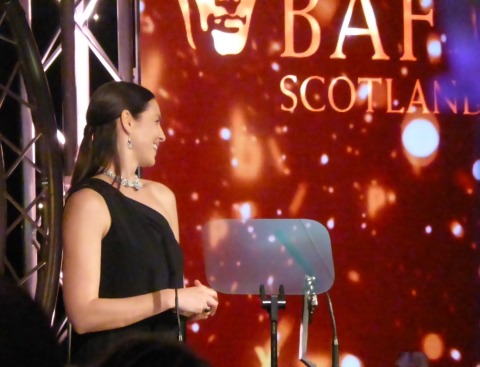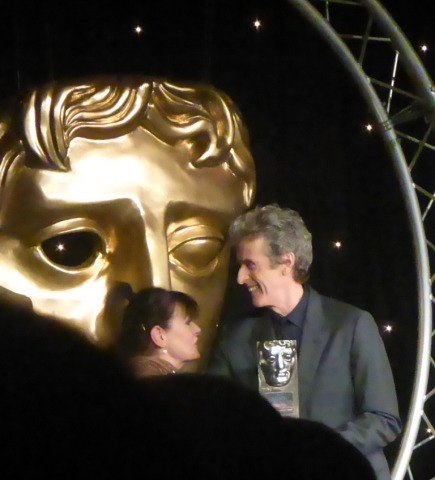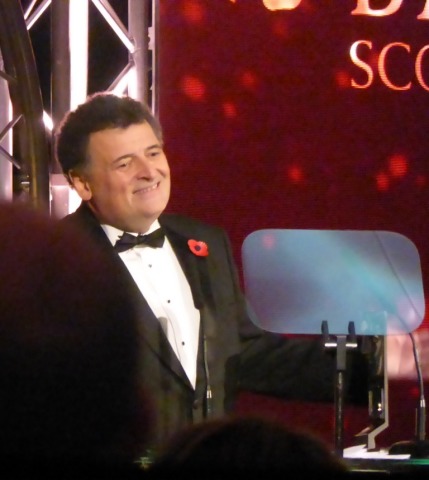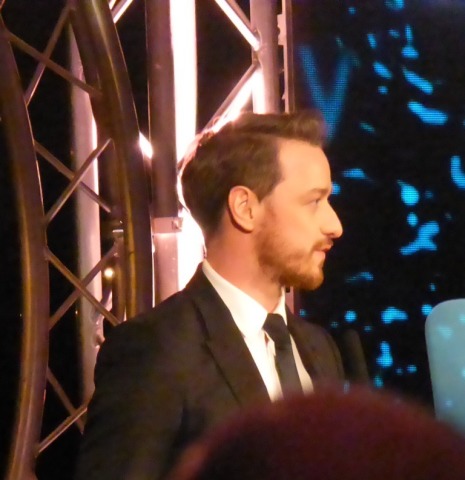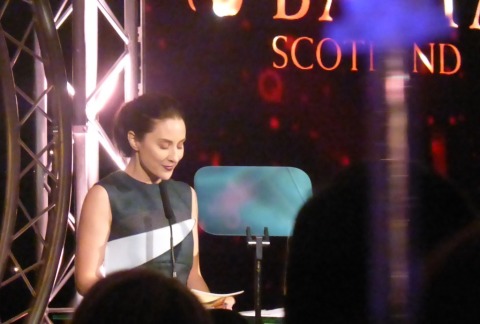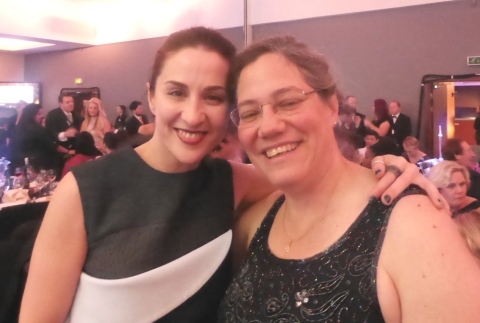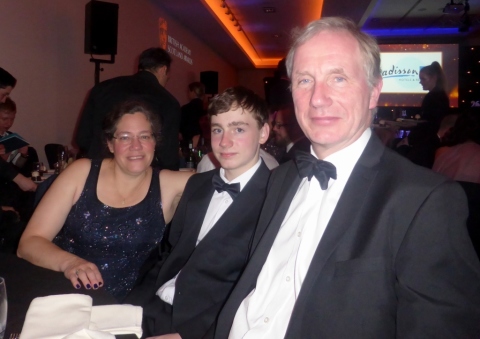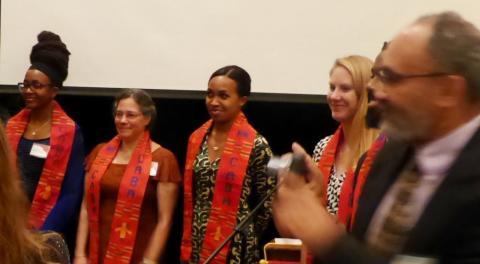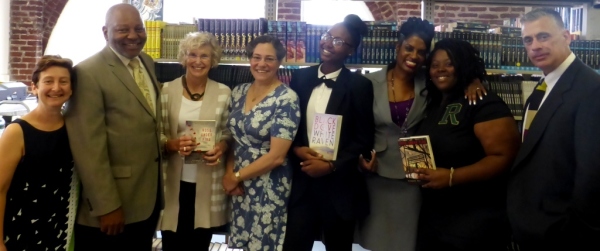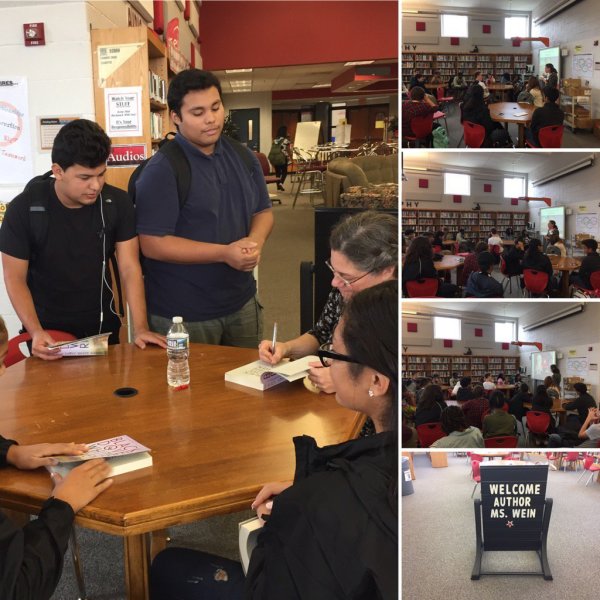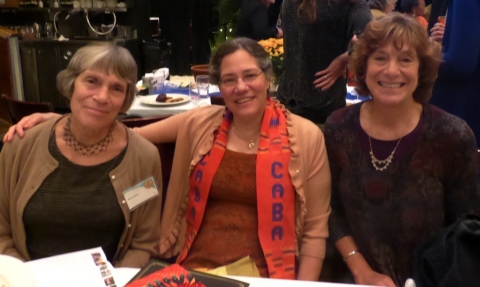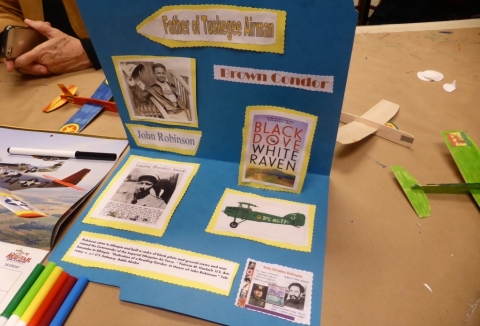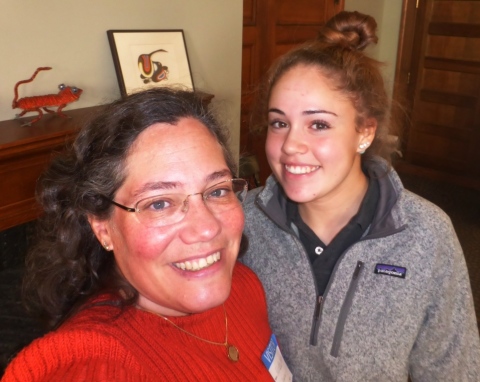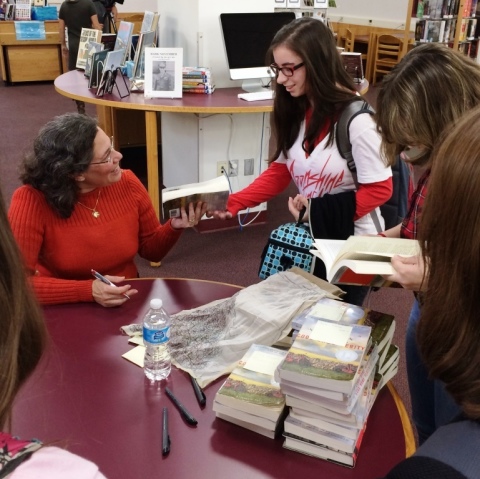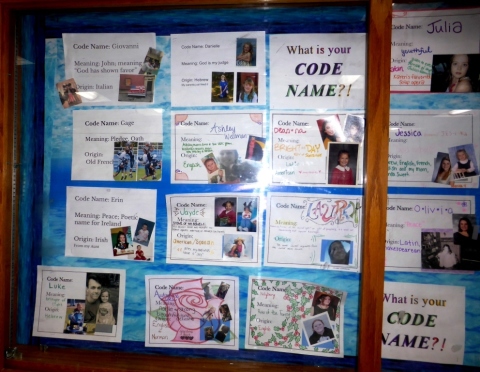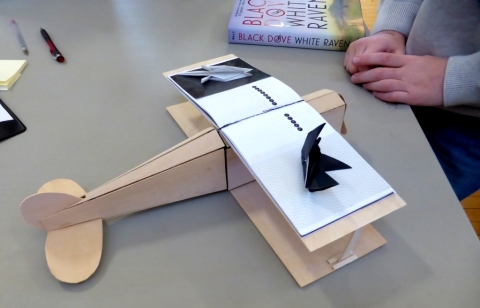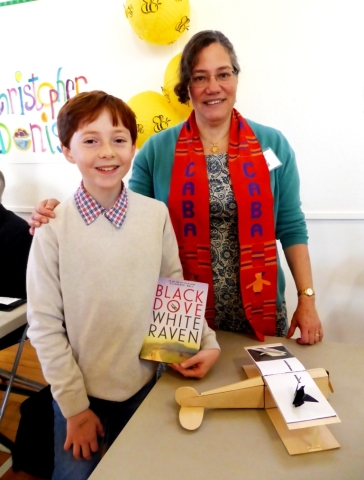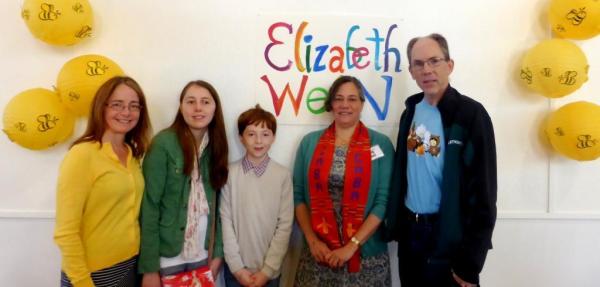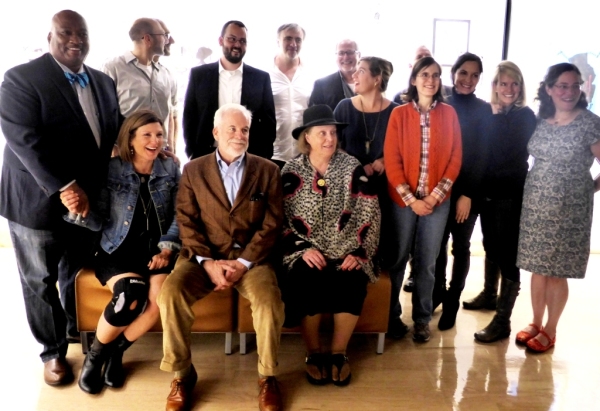Pioneers in Flight
Sep. 12th, 2021 07:16 pm---------------------
My aunt, Kate Adams, lives near Atlantic Highlands, New Jersey, far enough away from Manhattan that she was not directly affected by the attacks on the World Trade Center on 11 September 2001, but close enough that when she went out to the beach a day later she could still see clouds of smoke and smell the fire across the New York Bay. Kate is a visiting nurse, and she expected to be able to help in the rescue effort; boats with people fleeing the city had landed at Atlantic Highlands. Like many who desperately wanted to give their assistance in some way, my aunt’s help was never needed. She wrote to me that day: ‘So we just keep working at what we do, which often feels pretty unimportant.’
My own work as a writer of fiction felt immeasurably less important that day than the work of a visiting nurse. But I took to heart my aunt’s implied advice: ‘Keep working at what you do’. It was the only thing I could do from faraway Scotland. I threw myself into the imaginary world I had been creating on paper, and out of the wreckage of my real world I pulled a different ending for my story. I had intended to conveniently kill off my villain at the end, because I could not bear the thought of leaving my beloved child hero with the fearful uncertainty that he might yet again come under attack from his enemy. The acts of September 11 made me realize that the Whole Point of the Story is that you DO have to live with that fear. And in spite of it, you keep working at what you do.
Over the past year I have become a great devotee of Anne Morrow Lindbergh, the writer and wife of Charles A. Lindbergh. She was the first American woman to receive a glider pilot’s license, and is well known for her inspirational Gift from the Sea. She has also written many other books, including Listen! The Wind and North to the Orient, accounts of survey flights she made with her husband in the early 1930s. In their two-seater Lockheed Sirius monoplane, the Lindberghs tested potential commercial air routes from America across the Atlantic Ocean, and northward via the great circle route to cross the Pacific. Anne Morrow Lindbergh died in February of this year, at the fine age of 94. As I read her obituary in the FAA’s Aviation News in April 2001, I thought that this extraordinary and poetic woman could not have failed to marvel at the changes that her own pioneering efforts had helped to bring about in aviation. Not six months later I find myself thinking, thank God she did not live to see to what horrific end that effort has now been used.
But Anne Morrow Lindbergh was not a stranger to horror herself. In March 1932, the Lindberghs’ one-and-a-half-year-old first son was kidnapped and murdered. In her retrospective on this personal and yet high-profile tragedy (the Lindberghs dealt with media intrusion on a scale only equaled by Diana, Princess of Wales), written 40 years after the event in Hour of Gold, Hour of Lead, Anne Morrow Lindbergh makes her testimony of love and loss, strength and courage, ‘bearing witness to my journey, for others who may follow’ (p. 217). Her message is every bit as relevant to the present crisis as it is to the individual, and it is this: ‘To grow, to be reborn, one must remain vulnerable—open to love but also hideously open to the possibility of more suffering.’ ‘Courage is a first step,’ she writes, but ‘In the end one has to discard shields and remain open and vulnerable’ (p. 215).
Throughout this crisis, and I can neither write nor speak of this without weeping, I have been struck by the last messages of 11 September’s courageous dead. To a man, to a woman, they speak not of revenge, or fear, but of love. Faced with certain death, faced with their own inevitable murders, all who were able sent one final message of love to their partners and children and parents. I have lost no one in this tragedy; I have lost thousands. My job is to teach my children, and the children of others, to love: to keep themselves open and vulnerable without yielding their courage and strength; to recognize evil, and to fight it without fear.
And this is the job we all face, all of us who write and draw, who show and tell, who produce and cast abroad all fiction and non-fiction for young people. What we do may feel ‘pretty unimportant’ day by day, but it is infinitely important that we do it. We have no choice but to exist in a changed, frightening, yet still terribly beautiful world. Young people have no choice but to inherit the world we leave them. I would like to leave them hope, and love, and the courage to remain ‘open and vulnerable’. I would like my children to be able to board an airplane with excitement over the coming journey, to respect diversity while remaining blind to it in forming friendships, to find wisdom and solace in the words of others without compromising their own beliefs.
Our every smallest effort adds to this end. In writing and illustrating for children we are all, like Anne Morrow Lindbergh, pioneers in flight. This enormous tragedy, like the Lindberghs’ own personal tragedy, has shown us all that ‘Greed, madness, cruelty, and indifference [are] countered by goodness, devotion, self-sacrifice, and courage’ (p 212). It is our job, our driven duty, to witness this truth to the rising generation.
‘So we just keep working at what we do.’
28 September 2001
(All referenced quotations are from Hour of Gold, Hour of Lead by Anne Morrow Lindbergh, Harcourt Brace Jovanovich 1973)

